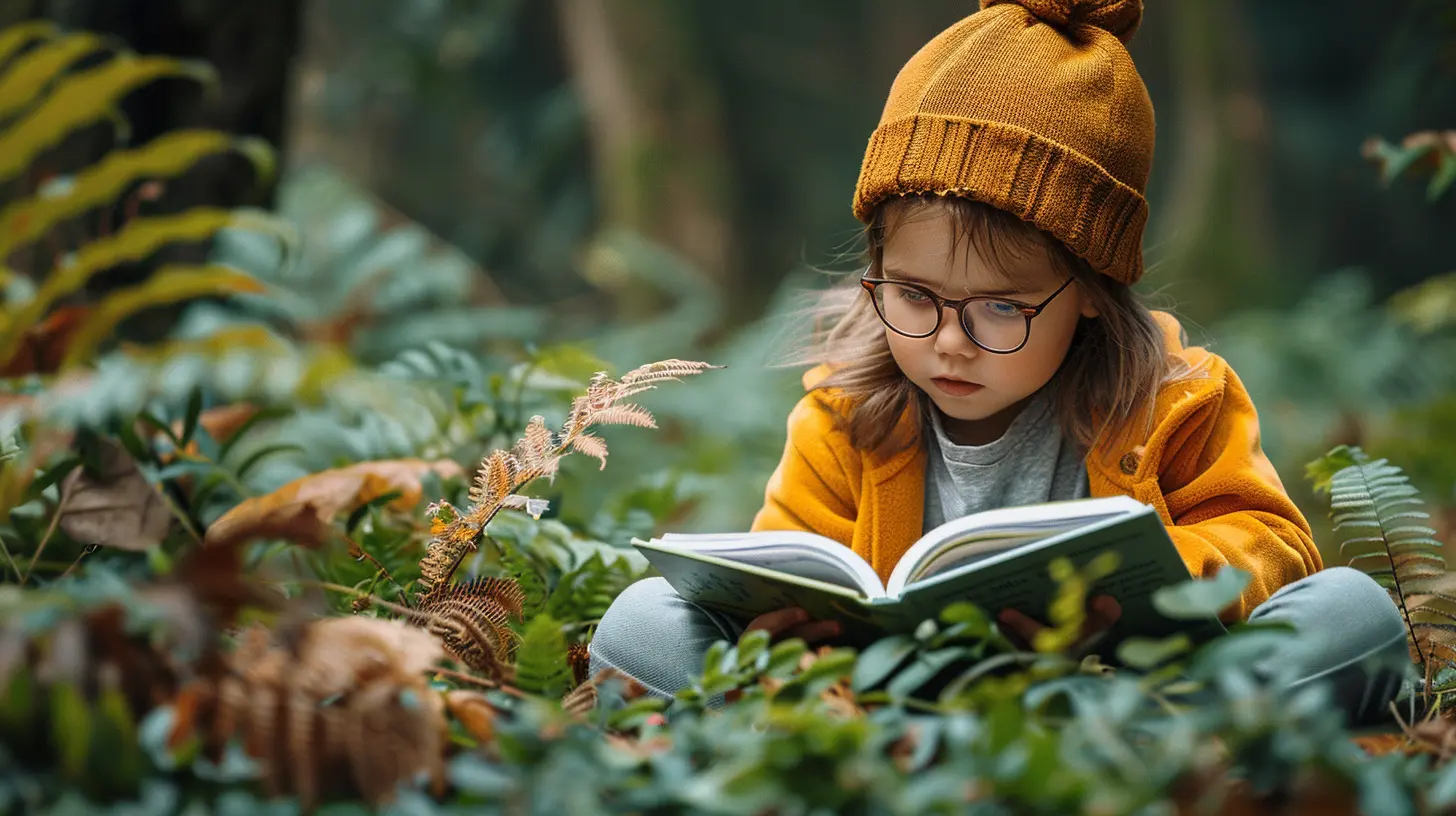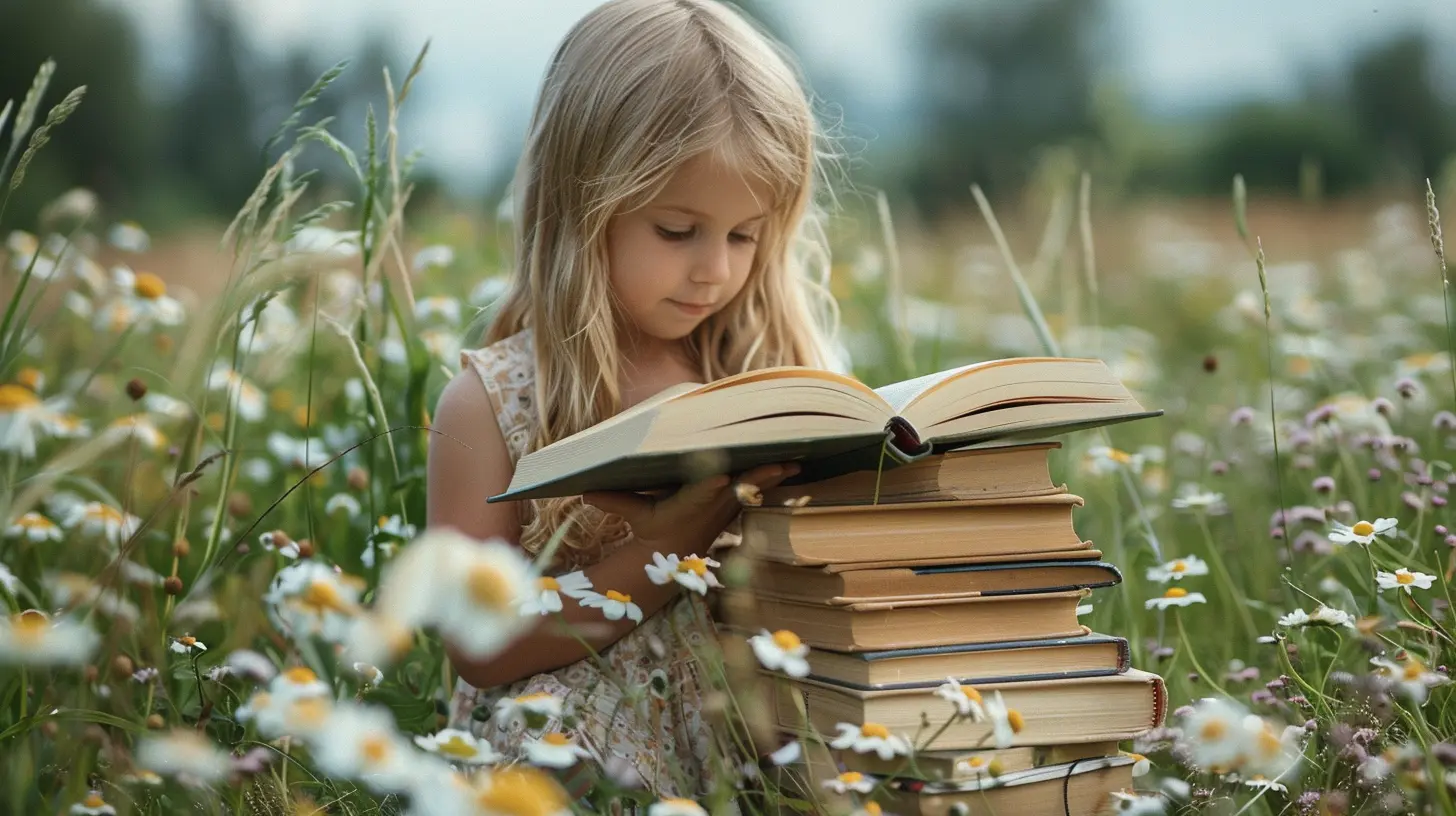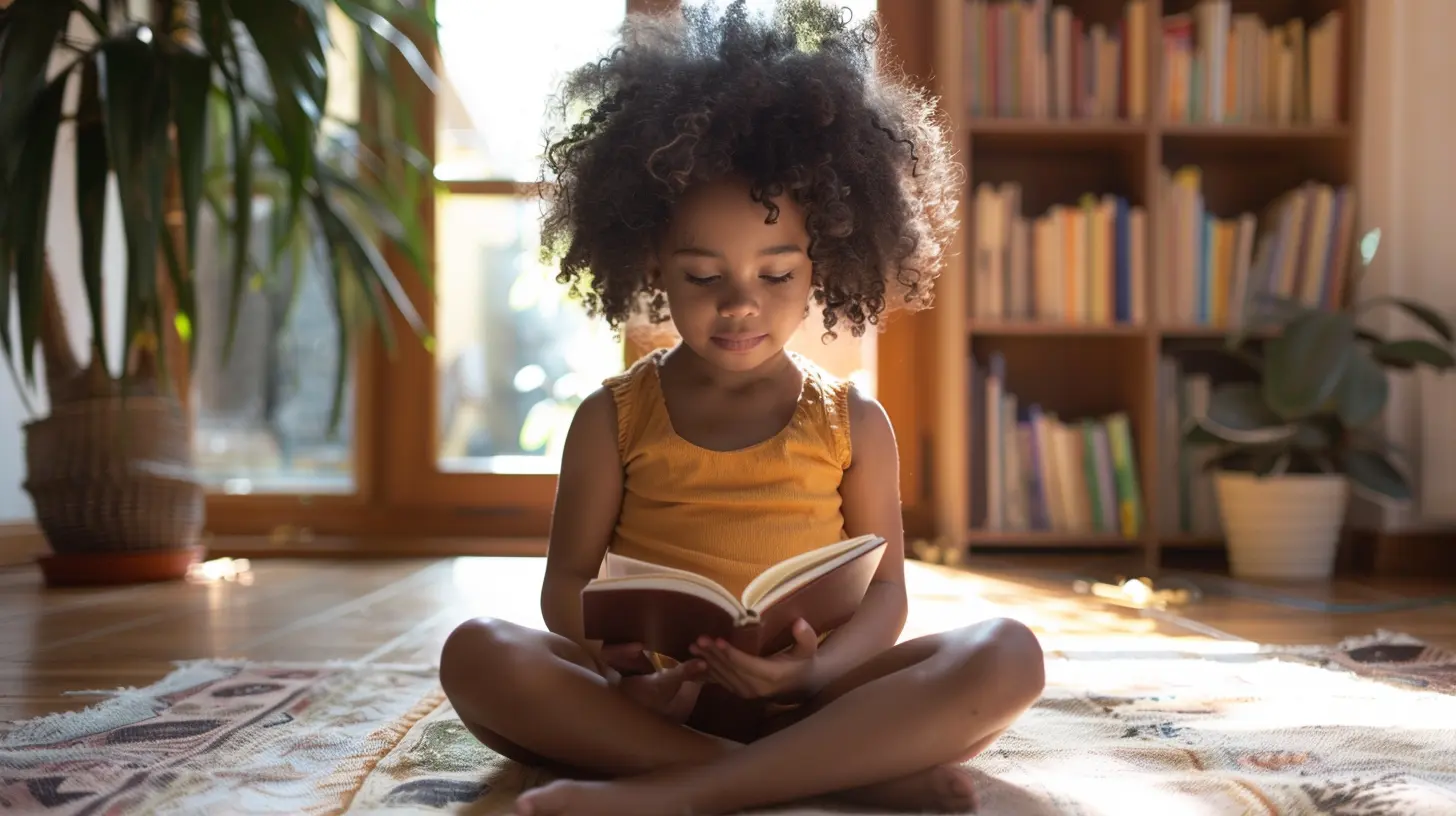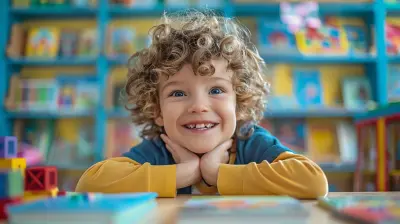How to Use Children's Books to Teach Mindfulness
7 June 2025
Let’s face it—parenting is a whirlwind. From spilled milk to emotional meltdowns, it’s hard enough keeping your own head on straight, let alone helping your child navigate their rollercoaster of feelings. That’s where mindfulness steps in, like a calm breeze on a hectic day. But here’s the thing: you don’t need a fancy app or yoga mat to teach mindfulness to your littles. You can start with something as simple, comforting, and familiar as a good ol’ children’s book.
Yes, really! Picture snuggling up with your child, a book open between you, sharing giggles, deep thoughts, and heartwarming lessons. Teaching mindfulness can begin right there—on your couch, with a cozy blanket and a cup of cocoa. Let’s dive into how children’s books can be little magical tools to help kids understand their big feelings and start mastering mindfulness.
What Is Mindfulness, Anyway?
Before we dive into storytime strategy, let’s make sure we’re on the same page. Mindfulness isn’t about sitting cross-legged and humming “Om” (though that can be fun too). It’s simply paying attention to the present moment without judgment. It's noticing your breath, your feelings, your surroundings, or even the smell of cookies baking in the oven. For kids, mindfulness is about becoming aware of what’s going on inside and around them—and learning how to respond rather than react.Think of mindfulness as a mental superpower. And trust me, the earlier your child develops it, the better equipped they'll be to handle frustration, fear, excitement, and all the emotions on the human spectrum.
Why Children’s Books Are So Powerful for Teaching Mindfulness
Okay, now let’s get to the good stuff. Why books? Why not flashcards or YouTube videos?Because stories speak to kids in a way that no worksheet ever will. Books transport children into different worlds, gently introduce big emotions, and guide them toward understanding through characters they relate to. They’re safe, they’re fun, and they can create beautiful bonding moments.
Here’s why books are the perfect tool for mindfulness:
- They create a calm environment – Reading slows things down, both mentally and emotionally.
- They offer relatable scenarios – Kids get to watch characters face challenges, feel emotions, and grow from them.
- They promote empathy – As children connect with fictional characters, they learn to understand and name their own feelings.
- They spark meaningful conversations – Books open the door to talk about feelings in a non-threatening way.
Choosing the Right Books: What to Look For
Not every children’s book teaches mindfulness. Don’t worry—you don’t need a degree in child psychology to find the good ones. Just keep an eye out for stories that:- Focus on emotions and feelings
- Highlight being present or paying attention
- Encourage breathing techniques or body awareness
- Emphasize kindness, patience, or gratitude
- Slow down the pace and encourage reflection
Here are some examples of elements to watch for:
- A character pausing to breathe when they’re upset
- Descriptions of how emotions feel in the body
- Mindful activities like walking, listening, or breathing
- Gentle, soothing illustrations and colors
How to Read Mindfully with Your Child
You’ve got the books, now what? You don’t need to read like a mindfulness guru. Just a few small tweaks in how you read can turn any story into a mindfulness moment. Here’s how you do it:1. Create a Peaceful Reading Ritual
Set the stage. Turn off the devices, lower the lights, and make reading time sacred. Maybe light a candle or play soft music. The goal is to slow things down and be fully present with your child. No multitasking. Let this be your shared calm corner.2. Read Slowly and with Emotion
Mindfulness is all about noticing, and that includes how we read. Slow it down. Take your time with each page. Let your voice rise and fall. Pause to take a breath. Let your child absorb the story, the emotions, and the illustrations.3. Ask Open-Ended Questions
Instead of just flipping pages, get curious. Ask questions like:- “How do you think she’s feeling right now?”
- “Have you ever felt like that?”
- “What would you do if you were in his shoes?”
These gentle prompts help your child reflect and connect emotionally—which is a core part of mindfulness.
4. Practice a Mindful Moment
Find a page or scene in the book that offers a natural pause. Maybe the character is watching the clouds or listening to the rain. Pause there. Mimic what’s happening. Close your eyes. Take a deep breath together. Let the moment sink in.5. Relate the Story to Real Life
After the book ends, chat about it. How did the character handle their feelings? What did your child learn? How can they use that in their own world? This reinforces the mindfulness message and helps your child start applying it.Book-Themed Mindfulness Activities
Want to take things up a notch? Pair each story with a simple activity that brings the lesson to life. Here are a few examples:🌈 After a Book About Emotions
Activity: Emotion Color WheelDraw a circle and divide it into colored sections like red (angry), blue (sad), yellow (happy), etc. Ask your child to pick what color represents how they’re feeling and why.
🌬 After a Book About Breathing
Activity: Breathing BuddyHave your child lie on their back with a small stuffed animal on their tummy. Watch it rise and fall as they take slow breaths. It’s a perfect way to teach body awareness and calm breathing.
🌳 After a Book About Nature
Activity: Mindful Nature WalkHead outside. Challenge your child to notice 5 things they see, 4 things they hear, 3 things they can touch, 2 things they can smell, and 1 thing they taste (maybe a snack?). It’s grounding and fun!
Favorite Mindfulness-Themed Children’s Books
While there are tons of amazing books out there, here are a few tried-and-true favorites that parents and educators love:- “Breathe Like a Bear” by Kira Willey – Packed with short breathing exercises for kids.
- “I Am Peace” by Susan Verde – A beautiful story about being present.
- “A Handful of Quiet” by Thich Nhat Hanh – Combines storytelling with pebble meditation.
- “Anh’s Anger” by Gail Silver – A story that personifies anger and teaches how to sit with it.
- “Moody Cow Meditates” by Kerry Lee MacLean – A kid-friendly take on letting emotions out through mindfulness.
Don’t feel limited to “mindfulness” books either. Many regular picture books touch on emotional intelligence, patience, or grounding—without explicitly labeling it. Follow your child’s interests and let the conversation flow naturally.
Teaching Mindfulness Isn’t About Perfection
Let’s be real—kids won’t suddenly start meditating for 20 minutes after one story. Teaching mindfulness is about planting seeds. Some days your child may be all in, others they might wiggle and whine. That’s normal. The key is consistency, patience, and modeling it yourself.You don’t need to be calm all the time (none of us are!), but showing your own efforts to pause, breathe, and reflect can be one of the most powerful lessons for your child.
Final Thoughts
Children’s books aren’t just for entertainment—they’re tiny treasure chests filled with wisdom. Through engaging stories, colorful characters, and heartfelt messages, kids can start learning something that even most adults struggle with: how to slow down and stay present. Mindfulness isn’t a “one-and-done” kind of lesson—it’s a lifelong journey. But with a good book in your lap and your child snuggled beside you, you’re already taking the first step.Let every story be a doorway to emotional awareness, every character a mirror, and every page an invitation to breathe.
Happy reading, and happy mindful moments!
all images in this post were generated using AI tools
Category:
Childrens BooksAuthor:

Tara Henson
Discussion
rate this article
2 comments
Kalani Burton
This article beautifully highlights the power of storytelling in fostering mindfulness. Integrating children's books into our routines not only nurtures a love for reading but also allows valuable lessons on presence and emotional awareness to unfold naturally.
June 22, 2025 at 4:57 AM

Tara Henson
Thank you for your thoughtful comment! I'm glad you found the article resonates with the power of storytelling in promoting mindfulness through children's books.
Zevros Evans
This article insightfully highlights how children's books can effectively introduce mindfulness concepts, fostering emotional intelligence and self-awareness in young readers through engaging narratives and relatable characters.
June 10, 2025 at 4:36 AM

Tara Henson
Thank you! I'm glad you found the article insightful. Children's books truly are a powerful tool for teaching mindfulness and emotional intelligence.


